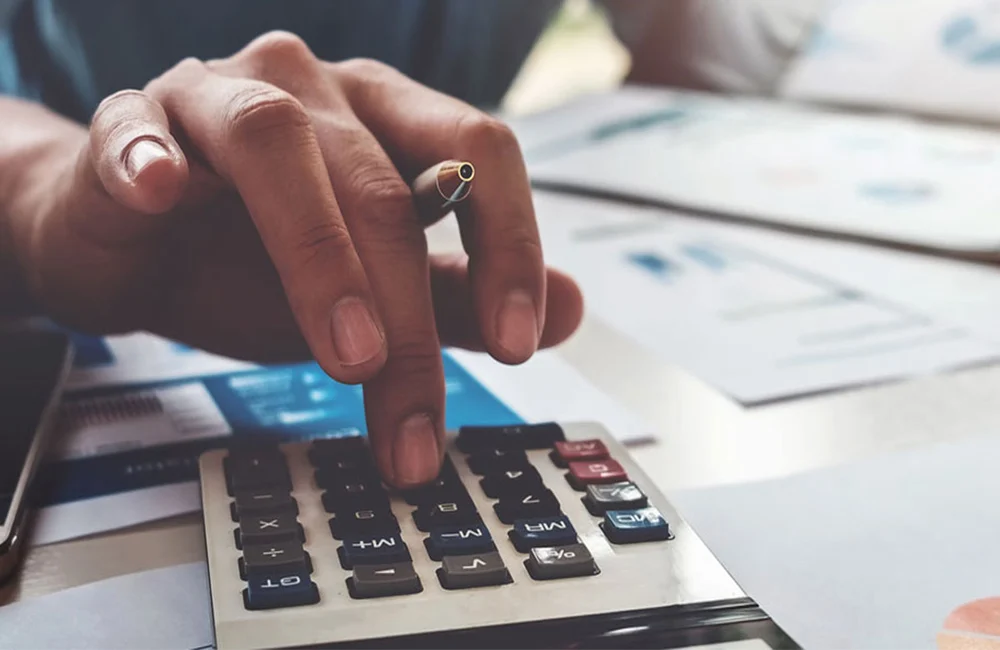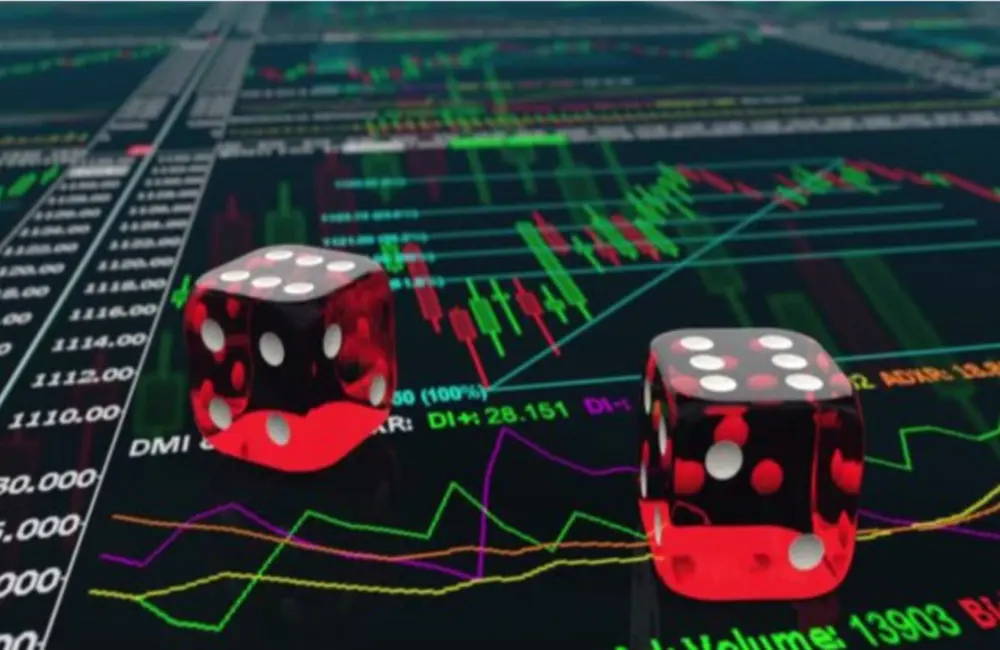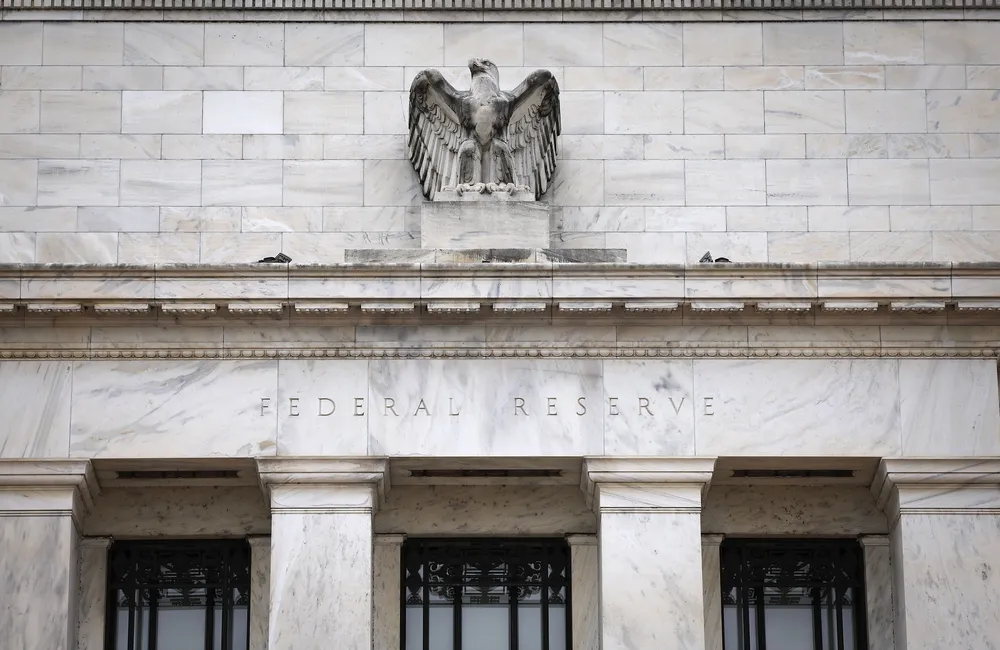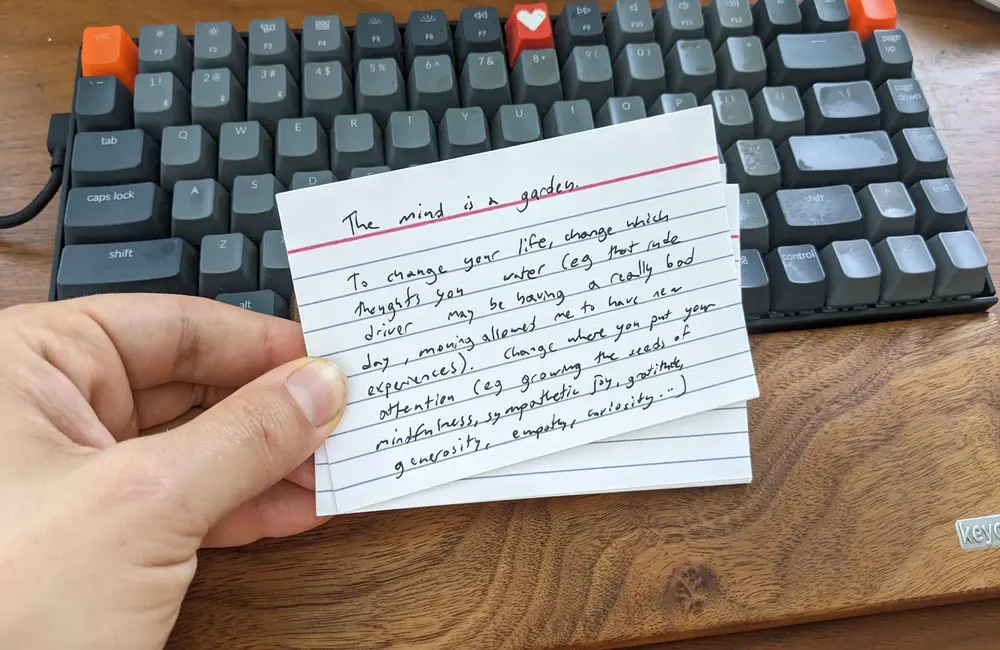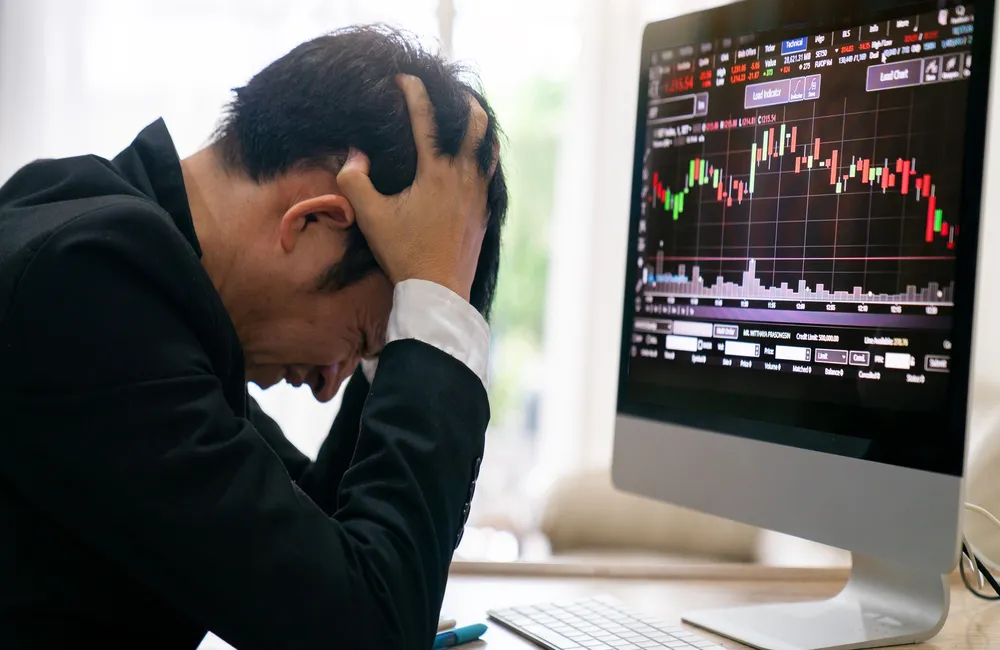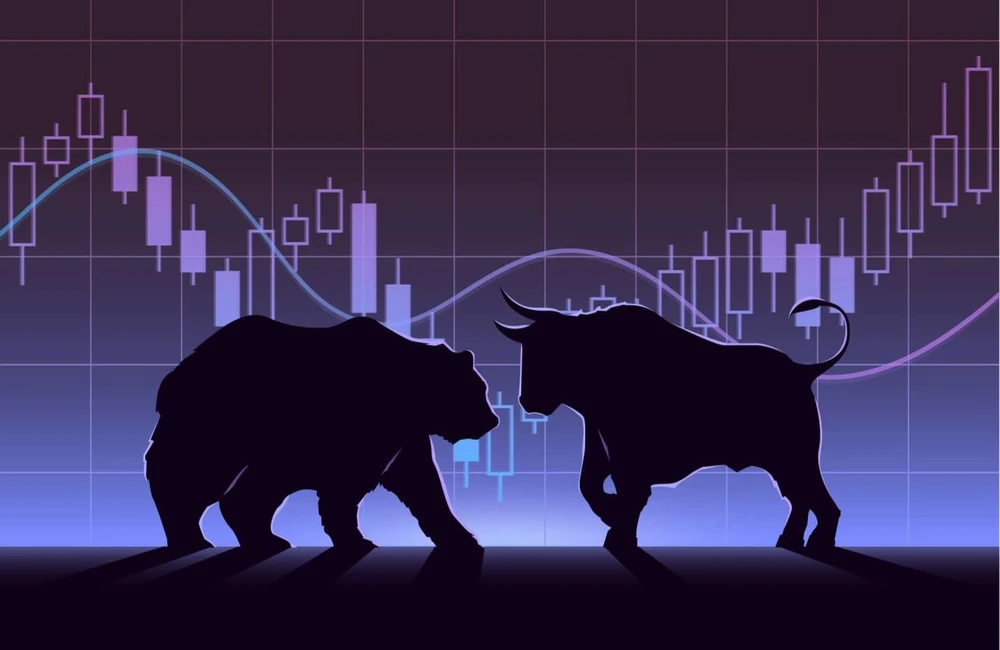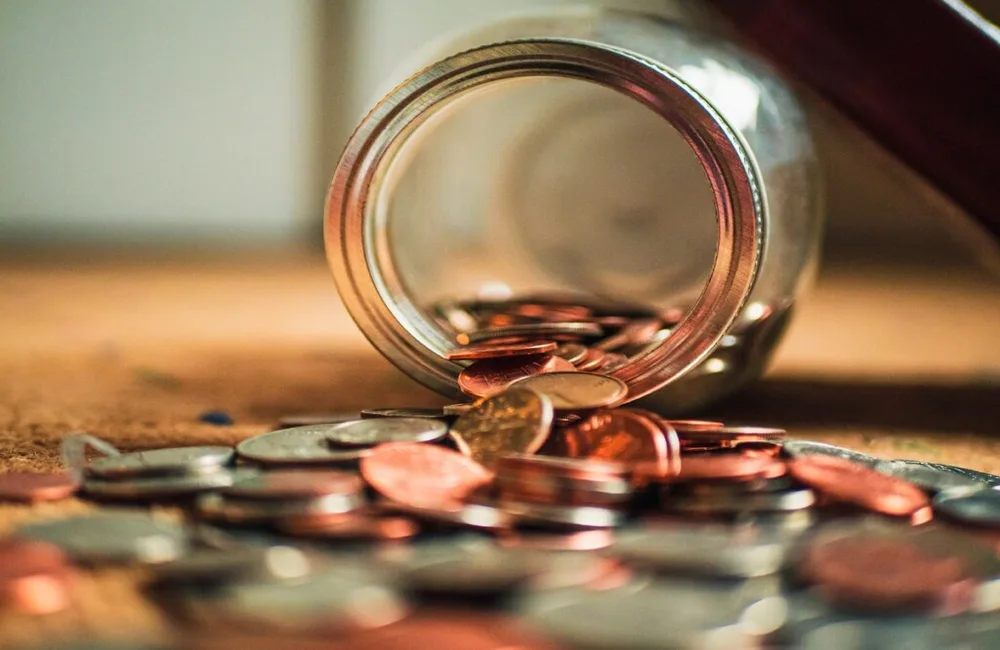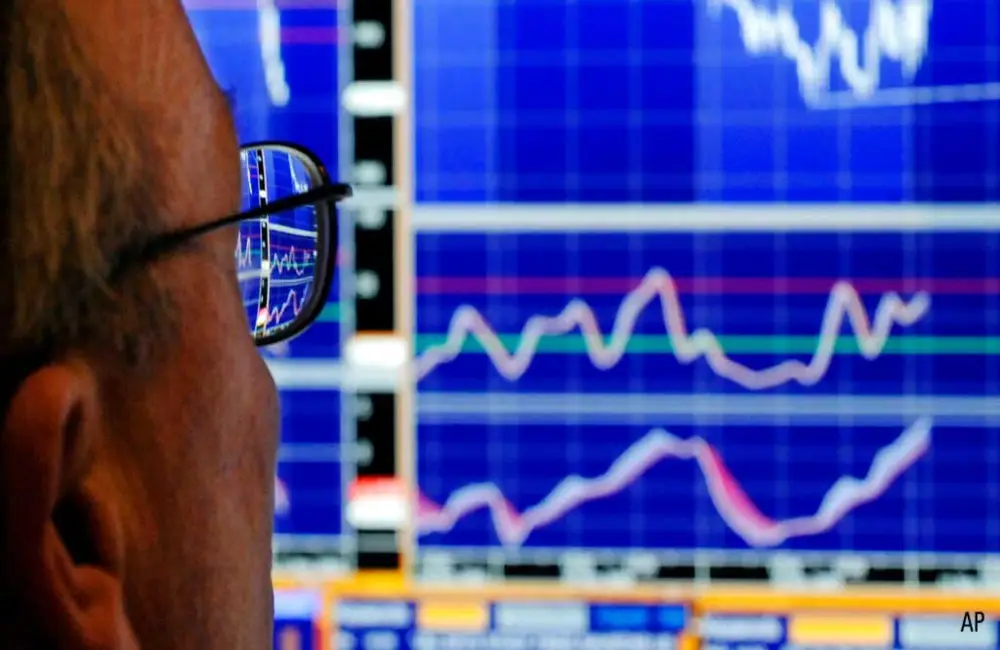ASX futures dipped 102 points or 1.4 percent to 6950 near 8:00 am AEST, indicating a weaker opening to trade.
The Dow Industrials, S&P 500 and Nasdaq Composite all ended the day higher after plummeting sharply in morning trading, a wild end to a chaotic day for US stocks.
The Dow gained 101 points, or 0.3 percent, by the end of the day after falling more than 1,000 points in the morning. The S&P 500 also added 0.3%. Technology giants, which were among the hardest hit early on, were also in rally mode. The tech-heavy Nasdaq index closed roughly 0.6% higher after dipping more than 4% in earlier trading.
Investors are preparing for a Federal Reserve meeting this week where the central bank is likely to reveal more details about its plans to fight soaring inflation. The market also has been spooked by rising tensions between the West and Russia involving a military buildup at the border with Ukraine.
On home soil, the S&P/ASX 200 dropped 0.5% to finish at 7139.5, and all but three sectors ended in negative territory. Property trusts gained the most, adding 1.4% while the technology sector had the steepest decline, falling by 1.6%.
The day’s biggest loser was Regis Resources, down 14% on its outlook for reduced gold output and higher operating costs following a wall slip at its Rosemont mine.
South 32 closed down 3.7% after lowering FY guidance for Cannington and Australia Manganese, while Orica rose 2.7%.
The big banks were also under pressure, with only CBA in the black for the day, rising 0.1%. Macquarie dropped 0.4% and AMP declined 2.2% after a Citi ratings downgrade.
In overseas trading, European markets declined. The pan-continental Stoxx Europe 600 slumped 3.8%, its sharpest one-day percentage fall since June 2020, weighed down by travel and leisure shares as well as basic-resource companies. Asian markets were mixed. The Hang Seng in Hong Kong dropped 1.2 percent, the Shanghai Composite Index was flat and Japan’s Nikkei 225 edged up 0.2 percent.
Elsewhere in commodities, gold futures added 0.5 percent to $US 1843.30 a barrel, while Brent crude was down 1.2% at $US86.80; Iron ore went down 2.7% to US$133.70 a tonne.
The yield on the Australian 10-year bond rose to 1.93%, compared with the benchmark US 10-year Treasury yield at 1.77%. Yields fall when prices rise.
Near 8:00 a.m., the Australian dollar was buying 71.42 US cents, compared to the last close of 71.81. The WSJ Dollar Index, which measures the US dollar against 16 other currencies, ticked up to 89.72.
Asia
Chinese shares closed higher, buoyed by strong gains in lithium producers, after the prices of the key electric-vehicle-battery ingredient rose. Ganfeng Lithium jumped 10% while Tianqi Lithium rose 7.4% and battery maker CATL gained 2.0%. China Tourism Group Duty Free added 3.3% after preliminary 2021 results said net profit rose 56%. Shares of liquor makers and transport fell. Kweichow Moutai fell by 1.8% and Wuliangye Yibin fell 1.0%, while Air China lost 2.1% and logistics company S.F. Holding fell 3.1%. The Shanghai Composite Index finished unchanged, the Shenzhen Composite Index gained 0.2% and the ChiNext Price Index rose 0.7%.
In Hong Kong, the Hang Seng Index fell 1.2% as risk-off sentiment gripped global markets ahead of the FOMC meeting later this week. Tech stocks led losses. Netease was off 7.5 percent, Alibaba Group lost 6.3 percent and JD.com slipped 5.6%. Shanghai Fosun Pharmaceutical dropped 5.2 percent after signing a deal recently to license Merck’s molnupiravir, an experimental oral medicine that treats symptoms of Covid-19. It has not yet received any order to purchase molnupiravir. Cathay Pacific finished unchanged following an announcement that it expects to report a smaller net loss for 2021.
Before that, Japanese shares closed higher after recent declines brought on by fears of Federal Reserve tightening. Gains are led by energy, shipping and bank stocks. Oil explorer Inpex rose 4.6%, major shipper Mitsui O.S.K. Lines added 3.9% and Mizuho Financial Group gained 2.1%. The Nikkei Stock Average gained 0.2%. Investors are eyeing any developments related to policy ahead of a two-day US central bank policy meeting to be held from Tuesday, along with trends around Covid-19 infections in Japan.
Europe
European shares fall in late trade as fear of a Russian assault on Ukraine drags on market sentiment. The pan-European Stoxx 600 fell by 3.8 percent, its sharpest one-day drop since June 2020.
“European equity markets have pulled back sharply today amid the rising drumbeat of conflict risk in Ukraine, with the UK following the US in saying it would evacuate non-essential embassy personnel from Kyiv, amid fears that a conflict was getting closer,” CMC Markets analyst Michael Hewson says. Those concerns have been overshadowed by Wednesday’s Federal Reserve meeting, which should reaffirm expectations for an interest rate increase in March, he says.”
The FTSE 100 in London edged lower for a third day on Monday, dropping 2.6 percent, as investors pulled back further from equities ahead of a meeting of the Federal Reserve on Tuesday and Wednesday.
“The rush for the exits rumbles on through stock markets, with investors re-joining the selling of equities in earnest, for what is one of the most dramatic year starts we have seen since 2018,” Chris Beauchamp, IG Group’s chief market analyst, said. “I think investors should expect more volatility this week and probably more in the way of losses until we get the Federal Open Market Committee meeting out of the way and we have more clarity around the Fed’s current view,” Mr. Beauchamp said.
North America
The Dow industrials, S&P 500 and Nasdaq Composite all ended the day higher after trading sharply lower in the morning, a manic end to a chaotic day of US stock trading.
The Dow ended the day up 101 points, or 0.3%, to recover from being down more than 1,000 points in the morning. The S&P 500 also added 0.3%. Popular technology stocks that were some of the hardest hit early on climbed as well. The tech-heavy Nasdaq index finished about 0.6% higher after trading more than 4% lower earlier in the day.
The market slide spilled into cryptocurrency markets, too, with bitcoin falling at one point below $33,000, less than half its market value at its November high.
Investors are preparing for a Federal Reserve meeting this week at which the central bank is expected to provide additional insight into its plans to tackle soaring inflation. The market has also been jittery over escalating tensions between the West and Russia over a military buildup along the border with Ukraine.
At one point on Monday, the broad S&P index was in correction territory, defined as a 10 percent drop from a recent peak. It closed the day about 8% above its record, set three weeks prior.
Tesla, a darling of many investors, fell 1.5%. Chip maker Nvidia, one of last year’s top performers, was roughly flat.
Vaccine manufacturer Moderna fell 1.7%. Airbnb tumbled 5.6%. Shares of Netflix fell 2.6 percent to extend their recent losses after the streaming company warned last week that subscriber growth was slowing.
Stocks drifted higher for much of the past year, crashing through record after record as investors treated every brief downturn as a buying opportunity. But at least in 2022 that mentality has reversed, as the rally lost one of its best friends: the Fed keeping interest rates near the floor of the economy during a pandemic to pump up economic activity.
Now investors think the Fed will need to lift interest rates multiple times in 2022 to douse inflation, which is growing at its fastest clip in 40 years.
What has the market at this point is that buy-the-dip mentality, said Michael Mullaney, director of global markets research at Boston Partners. “If you’ve attempted to buy this dip, you’ve been toast.”
The Fed will meet for a two-day gathering Tuesday. By the end of its meeting on Wednesday, Chairman Jerome Powell is expected to indicate that rates will probably go up as early as March.
“The Fed was way behind the curve on inflation,” said Lisa Shalett, chief investment officer of Morgan Stanley Wealth Management. She predicts that the Fed will raise interest rates four times in 2022 and will begin whittling down its bond portfolio as it searches for some traction over inflation.
While painful for investors, the selloff this year should be expected given the shift to tighter rates, Ms. Shalett said, noting that the S&P 500 had double-digit returns over the last two years in a climate of very loose monetary policy.
“It’s been an unbelievable run,” she said. “This is a plain vanilla correction, and it’s entirely appropriate when there’s a change in policy.”
The yield on 10-year Treasury notes declined to 1.735% from 1.747% Friday as investors sought the safety of government bonds. Yields go in the opposite direction of prices.
The Fed’s policy change has crushed speculative wagers like tech stocks and crypto. Rising interest rates prod investors to shift money to safer assets like bonds, while they also devalue future cash flows from fast-growing companies, hurting their stock prices.
So-called meme stocks favored by individual investors were hit hard. GameStop declined 5.8 percent and AMC Entertainment lost 7.4 percent. Both stocks are down more than 30% year to date.
Bitcoin was recently changing hands at $36,215, 2.3% higher than at 5 pm New York time on Sunday but down more than 20% for the year so far.
Analysts said that fears of a possible Russian invasion of Ukraine are casting a pall over markets. The State Department on Sunday ordered the families of US diplomats in Ukraine to leave the country, and the White House is weighing a plan to send several thousand troops to Europe.
Conflict in Ukraine and its potential fallout, including the possible shuttering of the U.S. financial system to Russian banks, could manifest in markets in unexpected ways, according to Sebastien Galy, a senior macro strategist at Nordea Asset Management.
“The closer you get to the cliff, the more nervous [the market] is,” Mr. Galy said. “We don’t have the information to make trades.”
The Russian ruble dropped 1.6 percent against the dollar and was recently trading around 78.8 rubles to the dollar.
Kohl’s was one of the bright spots in the US stock market as shares of the retailer surged 36% after a consortium backed by activist hedge fund Starboard Value made an offer of approximately $9 billion to purchase the department store chain.
Investors are hoping to get fresh clues about the economy from a new round of corporate earnings reports this week, including from some larger technology companies. International Business Machines is scheduled to post quarterly results after the closing bell on Monday, and General Electric, Microsoft, Apple and Tesla report later in the week. Of the 65 companies in the S&P 500 to file results through midday Monday, nearly 77% beat analysts’ expectations, according to Refinitiv.



